Content Warning: This article references mental health issues and violence.
The alternate universe realities of Marvel Noir may have taken center stage with Spider-Man Noir’s appearance in the animated Into The Spider-Verse film, but the brand offers takes on multiple Marvel titles. Adopting the dark and pessimistic style that classifies the noir genre, these stories are set during different decades and cities.
Some characters take to these adaptations extremely well, like Iron Man and Daredevil. Other characters struggle to find their footing in a more realistic setting. The majority of the Noir line was released over a decade ago, but the hopeful return of the animated character in Spider-Man: Across The Spider-Verse renewed interest in the adaptation trend.
X-Men Noir
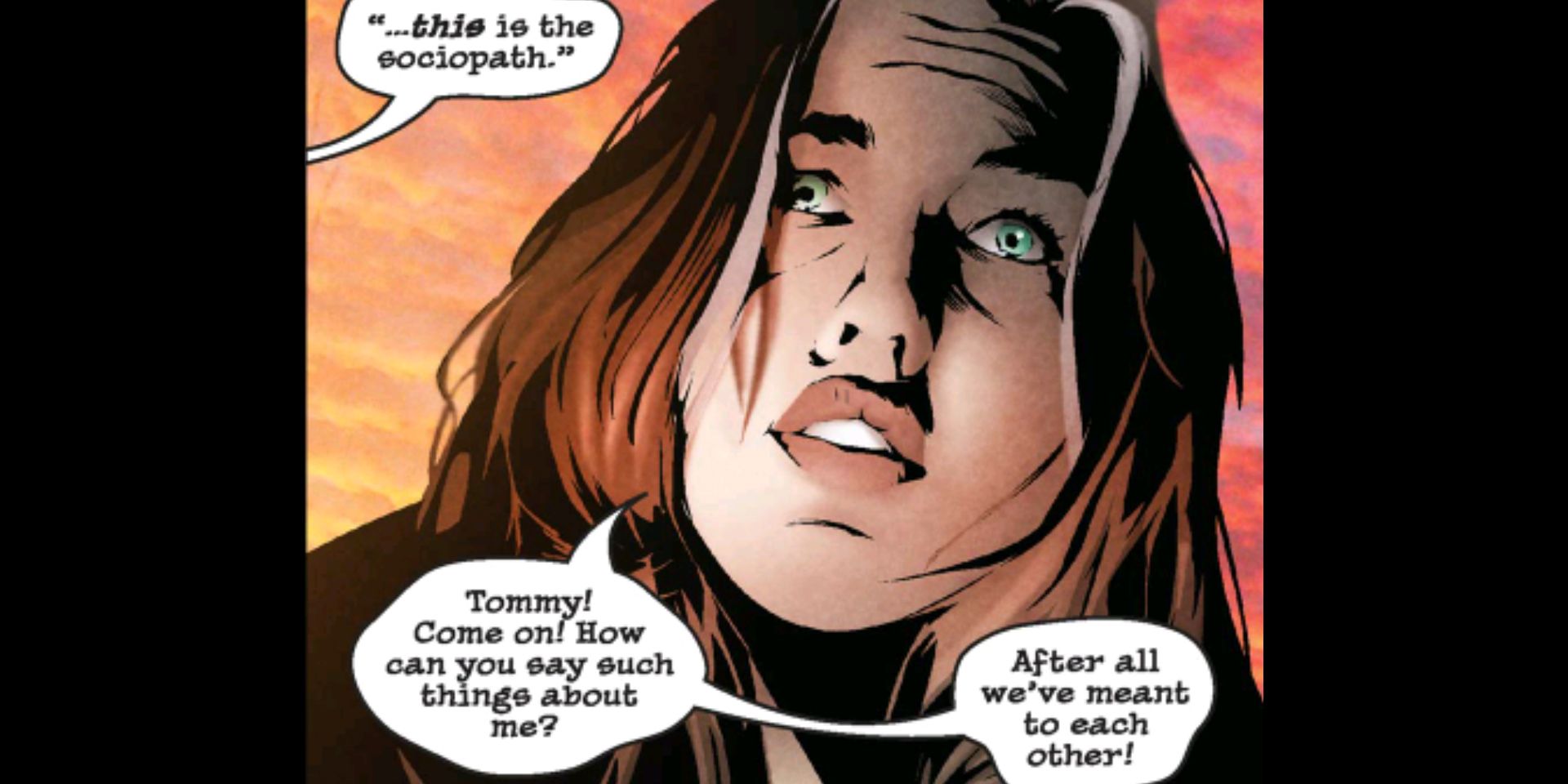
The X-Men Noir comics suffer from trying too hard to fit the X-Men characters into the noir setting. It’s an interesting concept to try to put characters known for their outlandish- and at times garish- powers and designs into the dark and simplistic noir trope.
The X-Men are stereotypical tough gangster types or femme fatales whose artistic design leaves them half-obscured by shadows. The less-than-dynamic panels make it hard to identify who is speaking during the passive conversations. It feels a bit like X-Men Noir misses the plot in favor of talking out the sides of their mouths.
Weapon X Noir
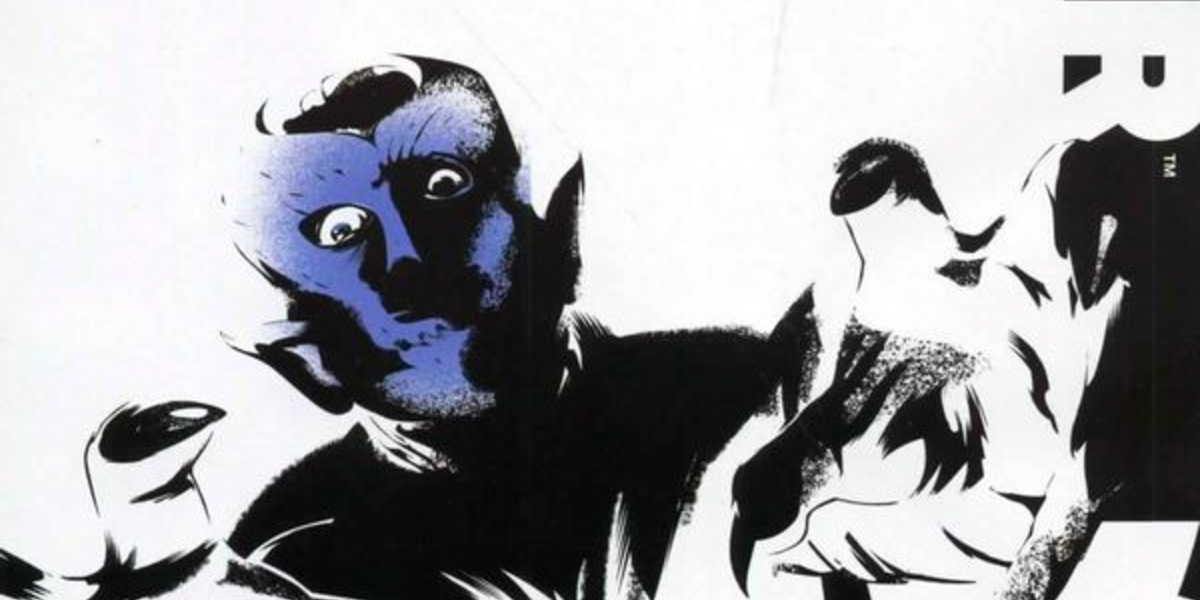
Unlike several other Marvel’s Noir titles, Weapon X is a companion to the X-Men Noir title. The focus of this particular story is on Nightcrawler, but he lacks appeal without his mutant abilities, struggling to hold the focus as the main character without his iconic character design.
The pacing of this single-issue story was imbalanced, much like the plot pacing of X-Men Noir. Without a strong background knowledge of Nightcrawler’s character history, much of the plot can confuse a casual reader, but X-Men fans may enjoy how the noir spy style is adapted for and fits the character.
Deadpool: Pulp
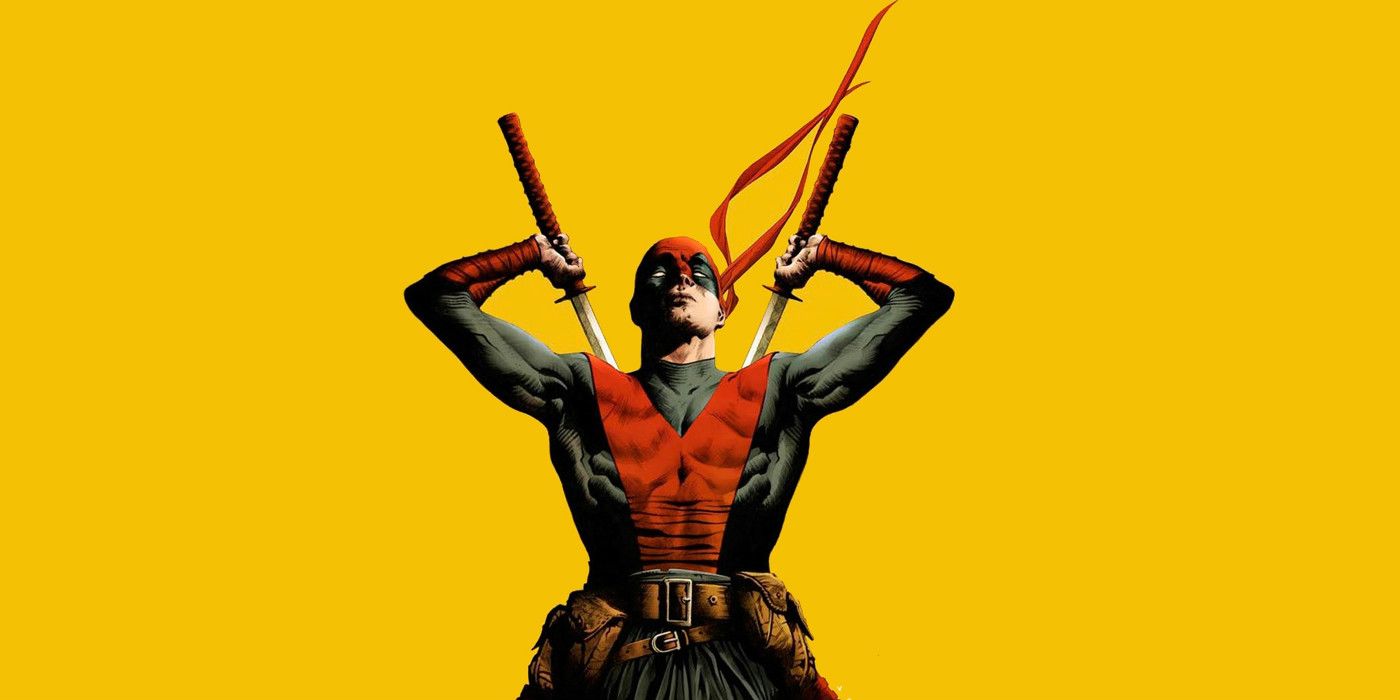
The Deadpool edition of the Marvel Noir brand focuses on the drama and intrigue of the noir style set during the McCarthyism drama. As far as visuals go, the solid blend of established character design is altered for the period setting and holds focus better when compared to the X-Men Noir titles.
In the attempt to focus on realism, the decision to rewrite the character’s history with a diagnosis of Dissociative Identity Disorder perpetuates the violent stereotypes of the diagnosis instead of developing the character’s past trauma. These stereotypes also result in making the attempt at Deadpool’s iconic humor feel cheap and out of place.
Fantastic Four: Grimm Noir
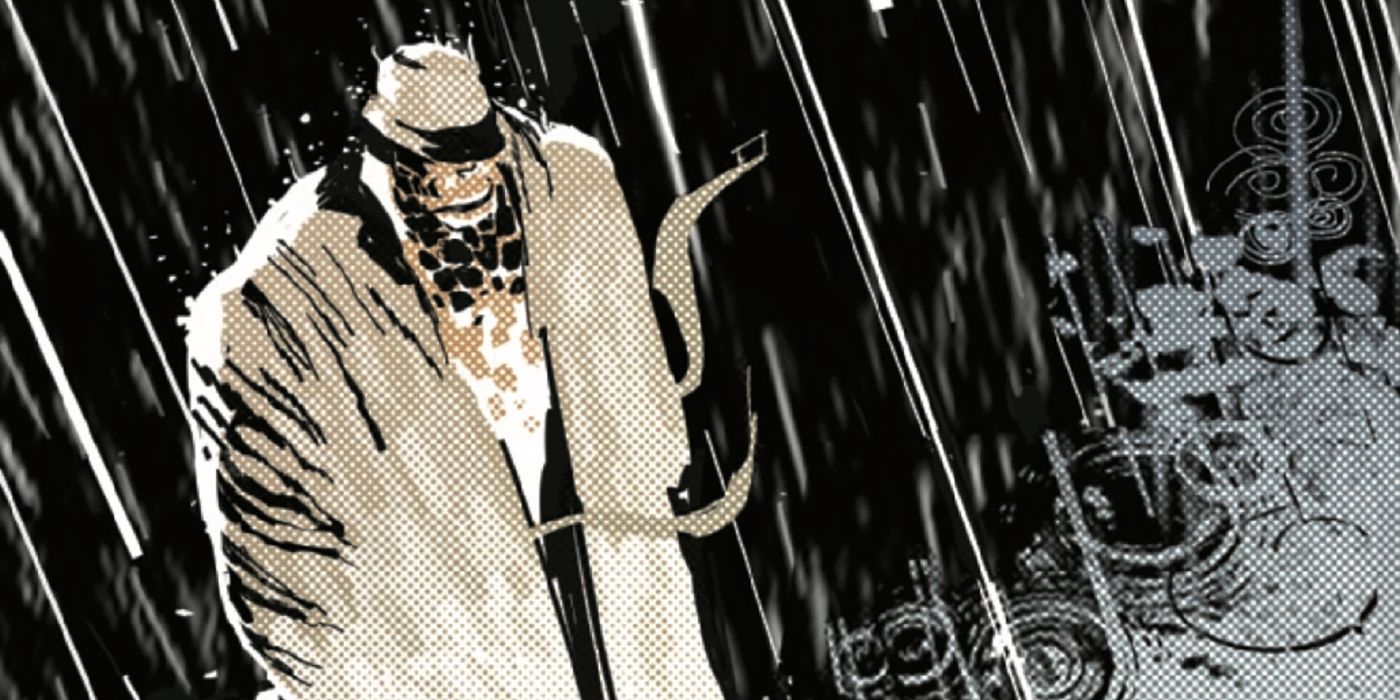
One of the most recent additions to the Marvel Noir line is a single-issue story that focuses on Fantastic Four member, Ben Grimm, The Thing. The story takes a much more fantastical approach, dealing with a demon-type monster in a plot reminiscent of The Phantom of the Opera.
The gothic inspiration of that storyline translates well into the visual noir aspects, as the specific dialect of Grimm does to the tone. The story itself is lacking in noir characteristics, mostly because the dark and pessimistic aspect of the genre is presented in dream sequences rather than actual plot, leaving it a little thin for a Marvel Noir.
Punisher Noir
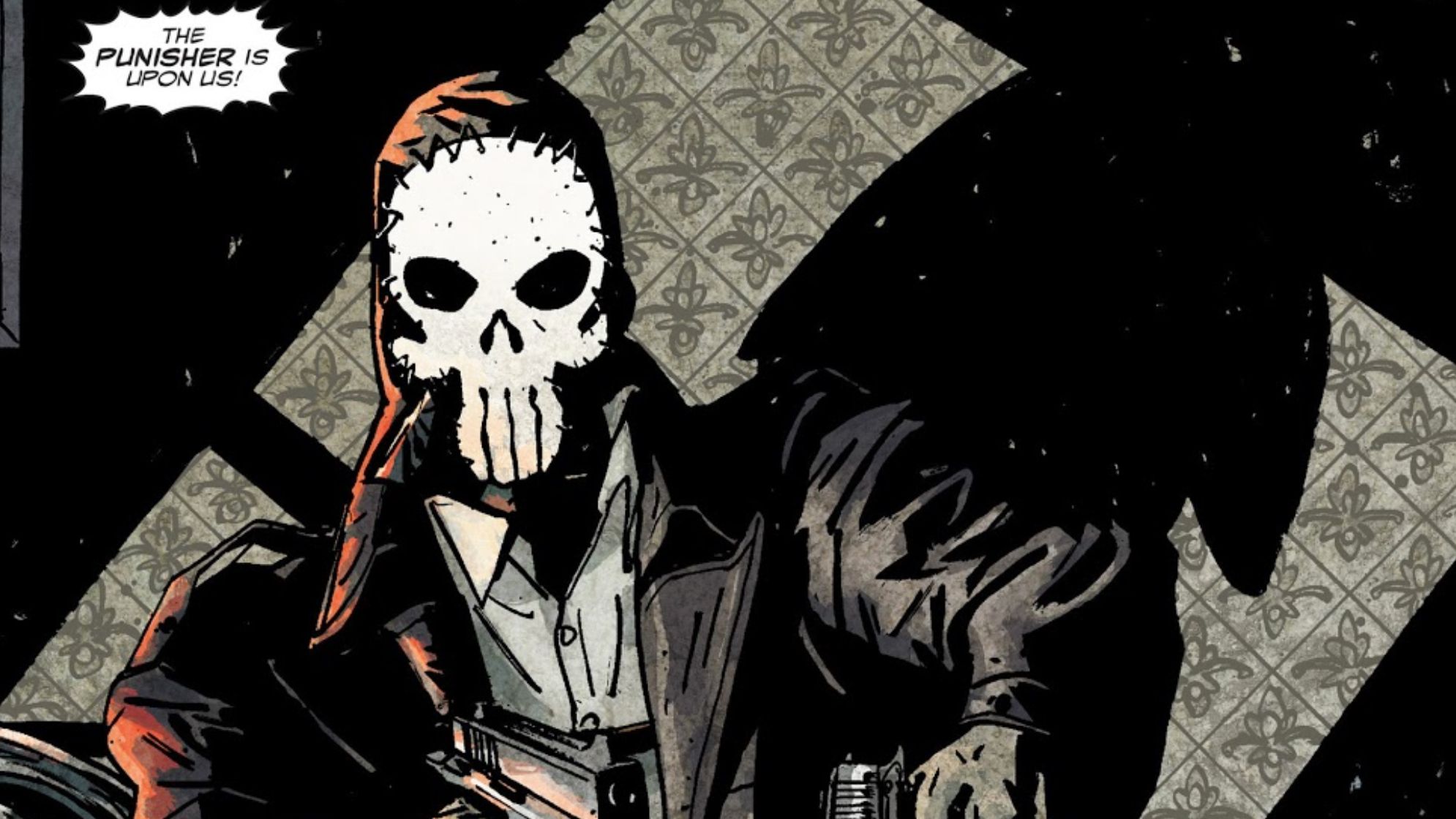
Thanks to the established origin story and tone of the comics, Punisher is already quite well-suited to fit into the genre’s darkness and tinges of despair. Punisher Noir‘s take on the darkness of the post-World War One era, and the depression era’s transition into World War II established the context and reasoning behind the character’s actions in a very fitting manner.
However, the changes this mini-series makes to the characters don’t quite carry the same level of emotion as the source material. That may be a reflection of the art, which plays well with shadows and character design, but lacks character expressions.
Wolverine Noir
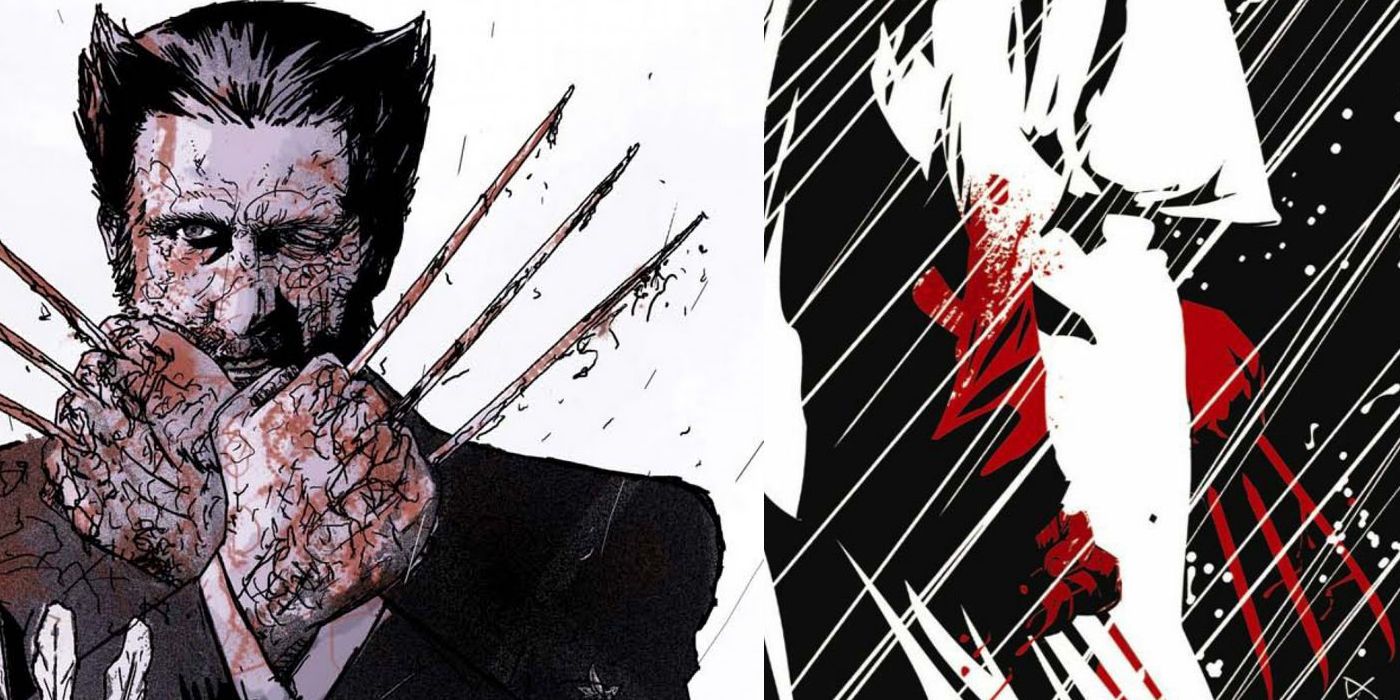
Embracing the classic detective story is done fairly successfully in Wolverine Noir. The gruff nature of the character translates well to the style of a noir detective, and the blend of iconic character weapons and designs may seem far-fetched, but follow a sense of logic some of the other Noir titles are missing.
The popularity of the character certainly helps, as even casual fans of the X-Men can recognize Wolverine. Unlike other adaptations and stories about Logan’s character, Wolverine Noir sometimes plays it a little too safe to fully transport the violent nature of the character into the setting of the world.
Iron Man Noir
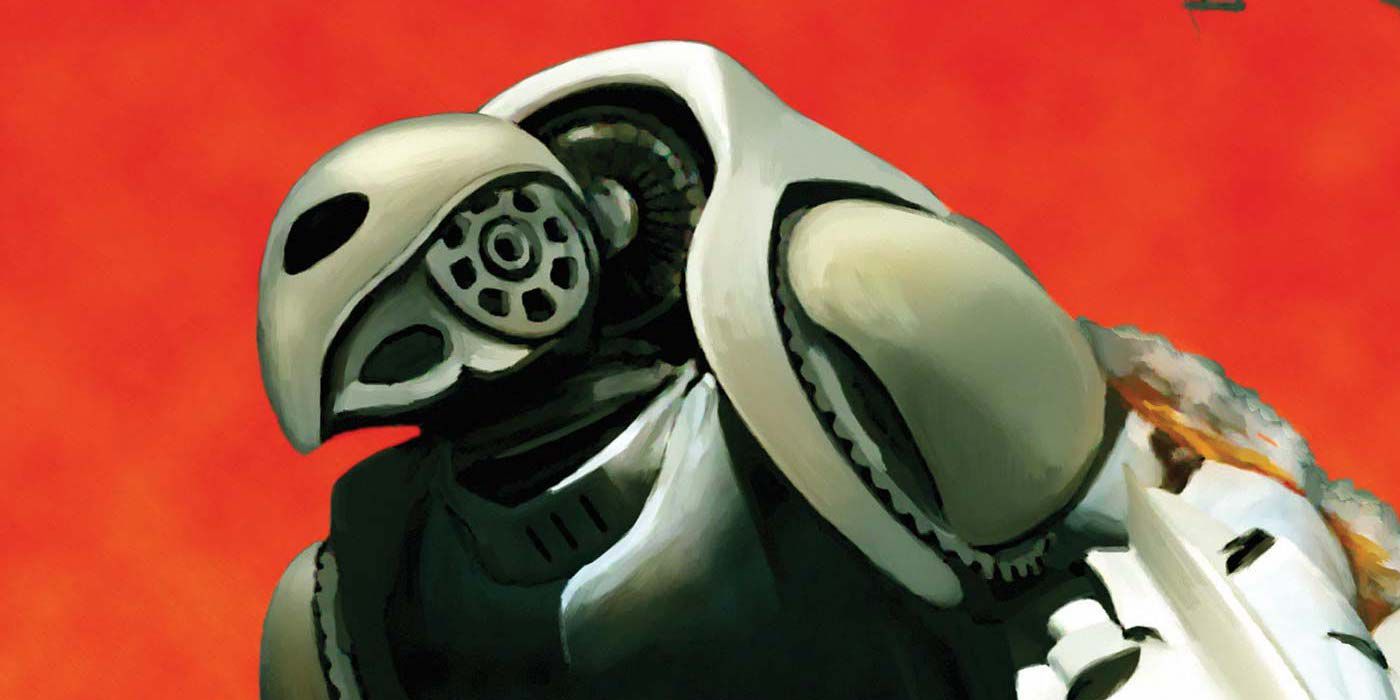
One of the strongest elements of Iron Man Noir is the work of writer Scott Snyder, and that makes this title one of the best reads in the branding. Snyder’s take on Tony Stark in the era has more focus on his swashbuckling and adventurer persona versus the inventor identity associated with the MCU’s Iron Man persona.
Because the storyline is fun and well written, with many Marvel character cameos including a trip to Atlantis with Namor the Sub-Mariner, the title feels short, leading to a rushed conclusion. However, it’s too short for all the right reasons- it leaves the reader wanting more because it’s such a fun read.
Daredevil Noir
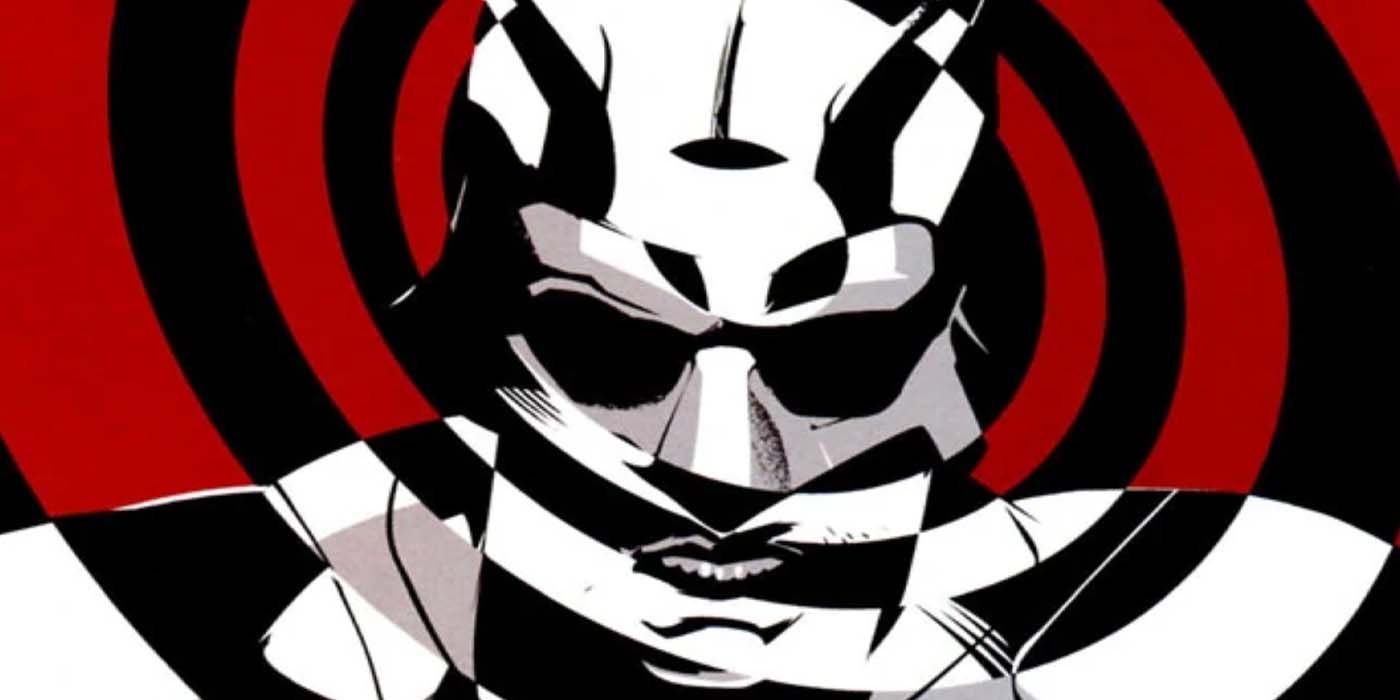
The biggest mistake the Daredevil Noir miniseries makes is by not branching out more from the source material. The story is engaging, the characters are different but still recognizable, and the work of Dan Brown and Daniel Freedman as colorists makes some of the panels and gutter transitions appear almost cinematographically for the storytelling.
The character has a lot of noir appeal, a solid plot, and decent art made stronger by the colorists, but Daredevil Noir reads like almost any issue of Daredevil in print. The story and character are one of the stronger titles compared to the noir archetype, but the book is less of a novelty and a deviation from the standard title.
Luke Cage Noir
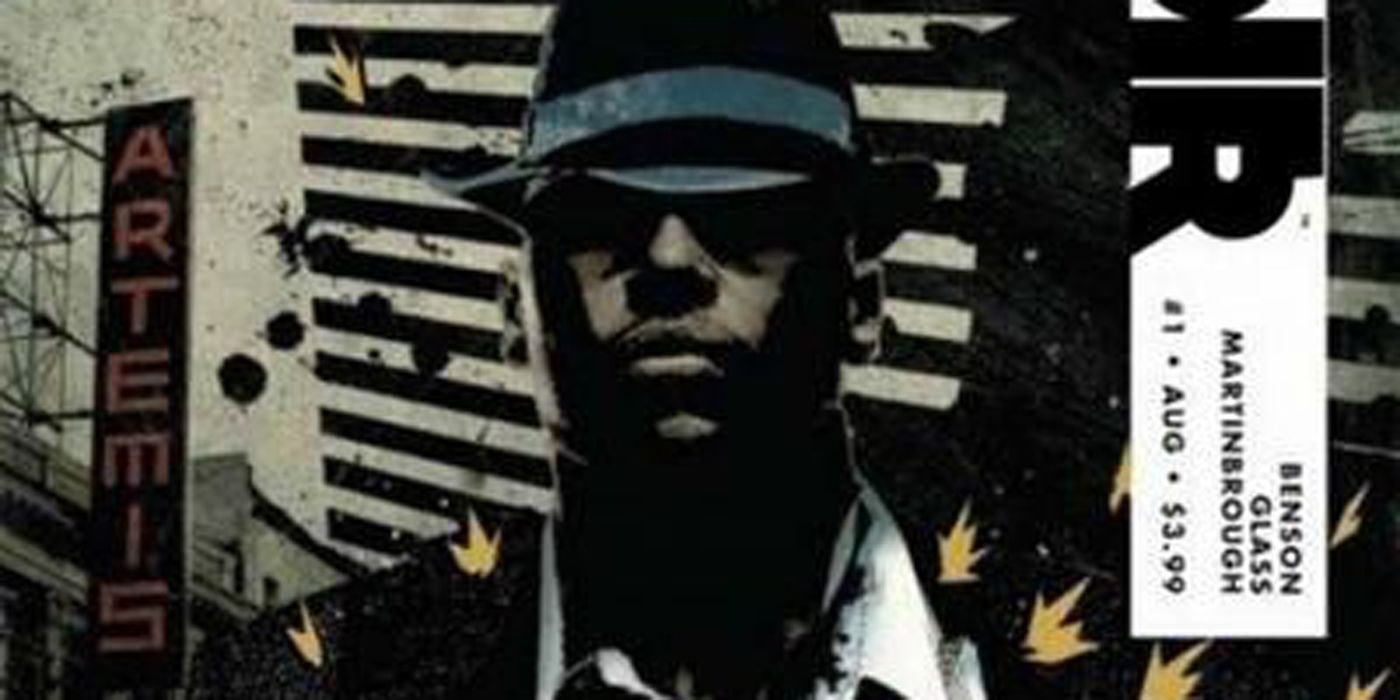
Some of the noir stories feel horseshoed into the genre’s style, but Luke Cage Noir flows into an engaging adaptation for fans of the character, the Netflix series, or newcomers to the character. The balance between the source material and the niche style feels organic and believable.
The actual plot gets a bit confusing and convoluted by the lore of the character as the miniseries progresses, but holds the readers’ interest. Most importantly, the sense of both the noir archetype and the Luke Cage source character are very present and make this title one of the most enjoyable under the Marvel Noir umbrella.
Spider-Man Noir
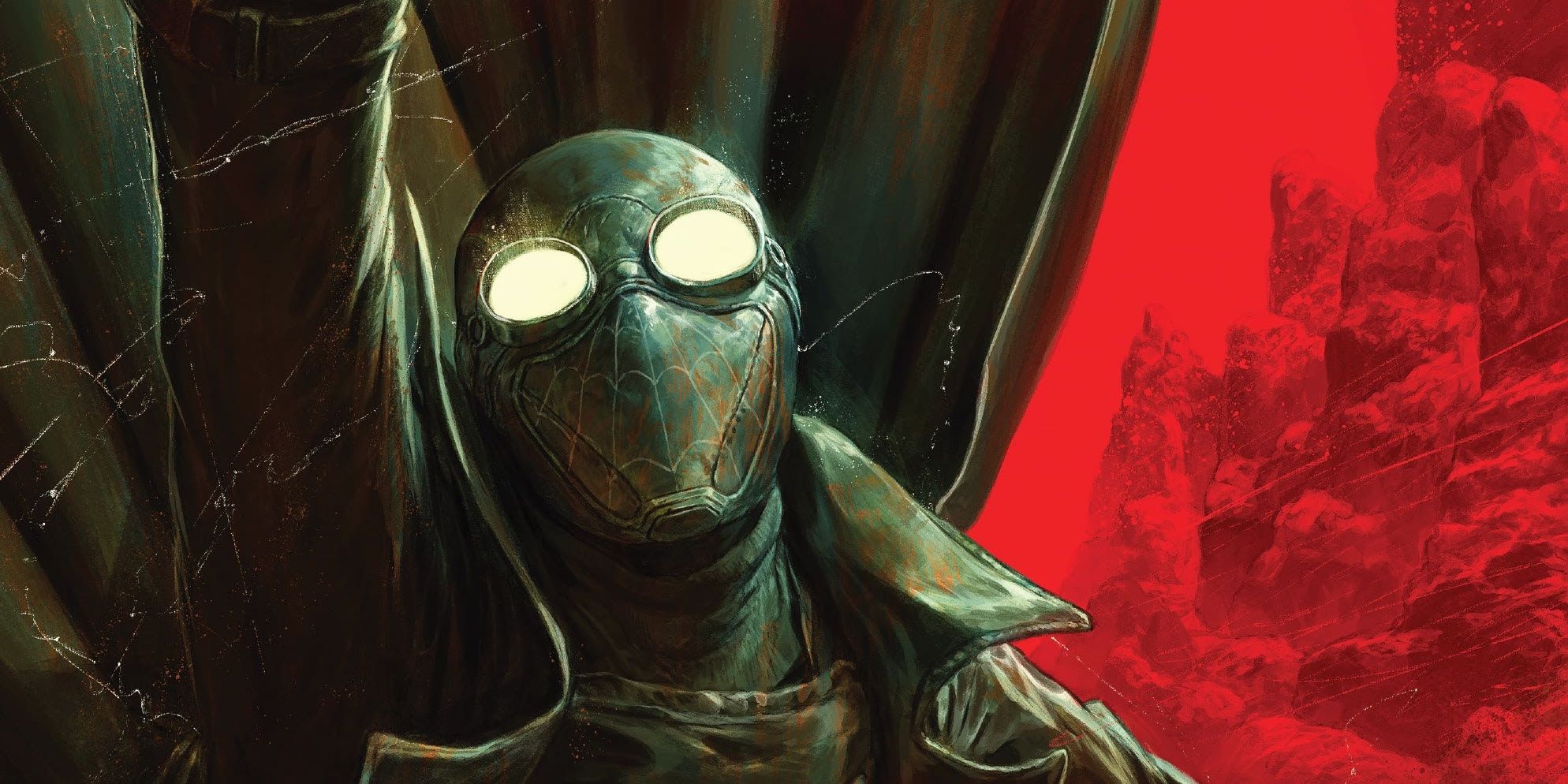
The 2020 Spider-Man Noir title revisits a concept introduced over a decade ago that sparked the modern comic noir trend. The newest issues of Spider-Man Noir manage to capture the sarcastic and dry wit that fans love about Spider-Man while framing the character against the issues facing the world stage in the late 1930s.
The thread of mystery that ties the story together is engaging and entertaining, and the tone and dialogue are suitable for both the time period and the characters without feeling gimmicky. The art and the coloring provide a sense of movement that’s reflected in the story-telling and visuals.




